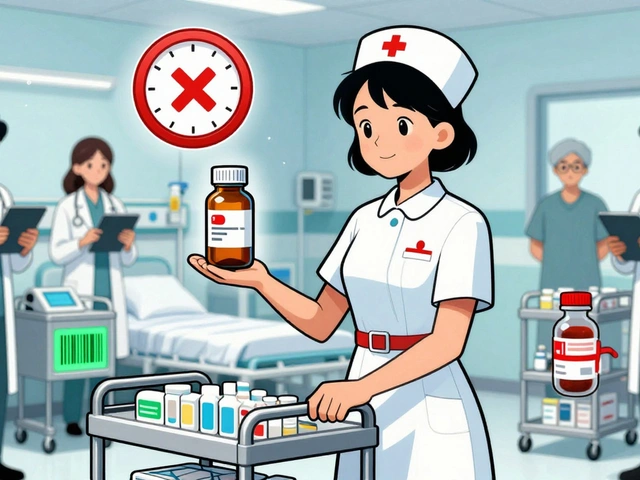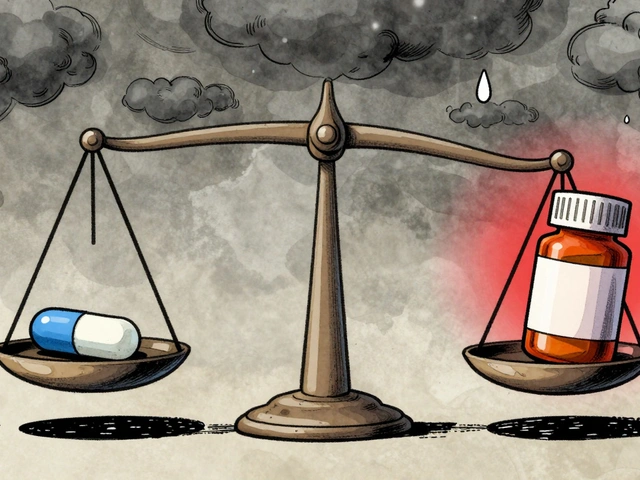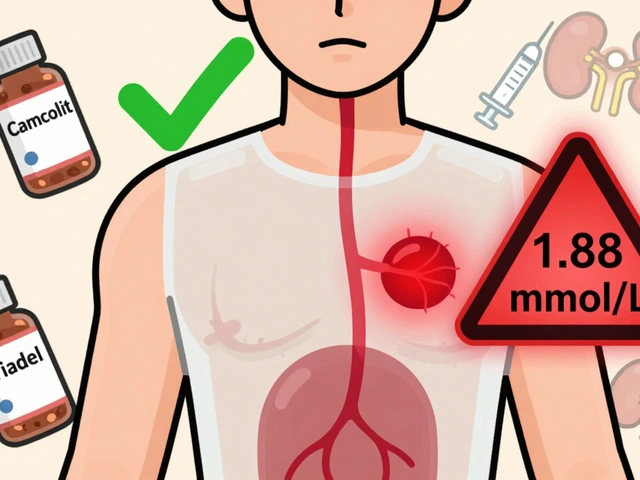Dydrogesterone for Endometrial Hyperplasia — November 2023
This archive page highlights our November 2023 post about using dydrogesterone to treat endometrial hyperplasia. If you saw the post title and wondered what that means for you or someone you care about, this summary pulls out the practical points: what the drug does, who might be considered for it, and things to ask your doctor.
Quick summary of the post
Endometrial hyperplasia is an abnormal thickening of the uterus lining that can cause heavy or irregular bleeding. Our November article explains how dydrogesterone, a synthetic progestin, works by opposing estrogen’s effect on the lining and helping it return to a normal thickness. The post focuses on evidence showing dydrogesterone can be an effective option for many patients, especially when fertility preservation is a goal or when other progestins aren’t tolerated.
The article also covers practical matters: treatment goals (reduce bleeding, normalize the lining), how doctors monitor progress (ultrasound and follow-up biopsies), and common side effects such as mild nausea, breast tenderness, or mood changes. It stresses that outcomes vary by the type of hyperplasia — non-atypical forms respond better than atypical ones — and that close medical follow-up is needed.
What this means for you
Thinking about dydrogesterone? Start by asking your clinician: Is your hyperplasia non-atypical or atypical? What follow-up schedule will they use? Will this treatment help you avoid surgery or protect fertility? The original post recommends discussing prior health history, current medications, and any plans for pregnancy before starting therapy.
One practical tip from the post: track bleeding and symptoms in a simple diary. That makes follow-up visits more useful and helps your doctor decide if the treatment is working or if a different plan is needed. The article also suggests asking about alternatives and what success will look like in your specific case.
We keep the post focused on clear, usable info—not medical commands. If you or someone you know is dealing with heavy bleeding or was diagnosed with endometrial hyperplasia recently, the November piece is a good primer to bring to a consultation. It explains the role of dydrogesterone without overpromising and points out the steps doctors take to confirm that treatment is working.
Want the full post? Head to the article linked on this archive page to read the detailed discussion, or print the checklist from the post to take with you to your next appointment.

The potential use of dydrogesterone for the treatment of endometrial hyperplasia
Hey folks! In our latest entry, we will be discussing the potential use of dydrogesterone for the treatment of endometrial hyperplasia. This is an extremely important topic since endometrial hyperplasia, an abnormal thickening of the lining of the uterus, is of great concern to many. Significantly, dydrogesterone, a progestin medication, could be a promising solution in dealing with this condition. Join us as we delve into the depths of this matter, exploring the benefits and potential implications. We hope this discussion brings clarity and contributes to your overall health awareness.
View More




